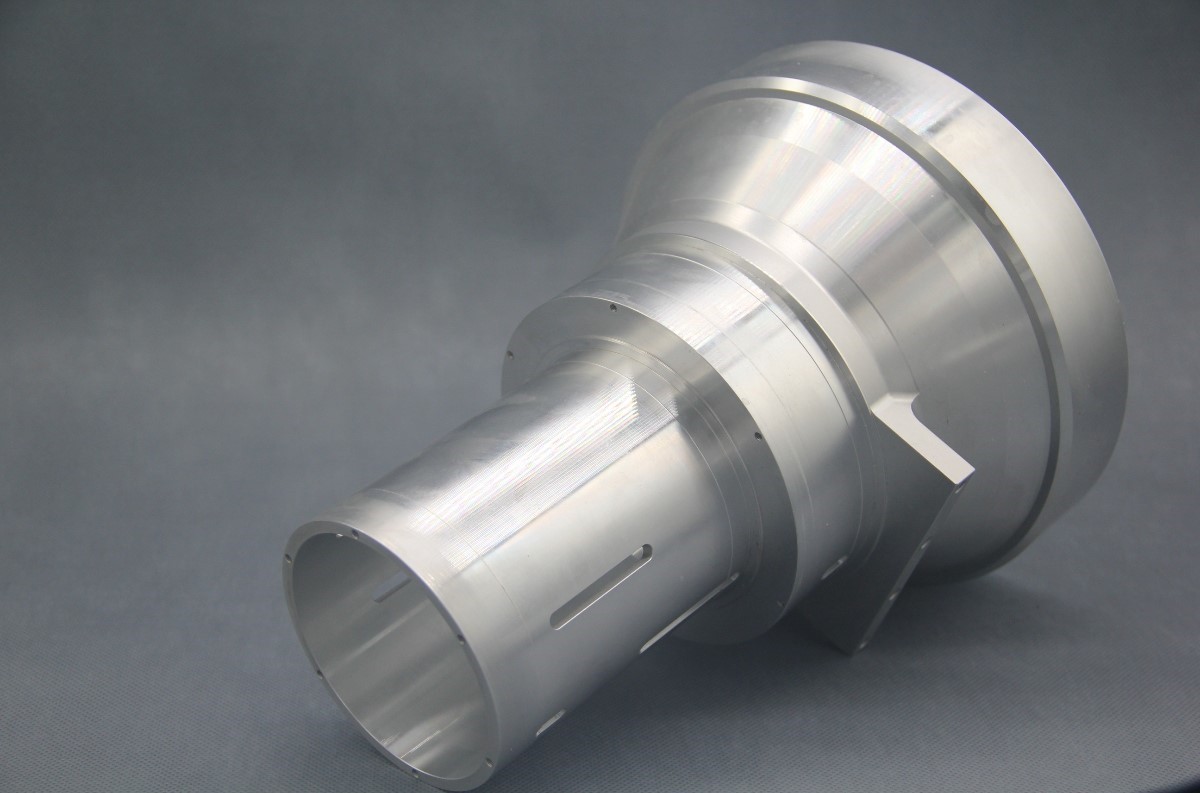Our Location
304 North Cardinal St.
Dorchester Center, MA 02124

Machine vision is a cutting-edge technology that uses cameras and image processing software to perform automated inspections and measurements.
It’s having a wide range of applications, from simple assembly verification to complex 3D robotic bin-picking. Including inspection, gauging, guidance, identification, sorting, counting, character recognition, and barcode reading.
A common application is inspection, which involves detecting defects, contaminants, functional flaws and other irregularities in manufactured products. It is a powerful tool for manufacturers who want to improve their process and quality control, reduce waste, and increase profitability. With machine vision, manufacturers can detect defects, contaminants, functional flaws, and other irregularities in their products, as well as measure part tolerances and ensure product completeness.
One of the key strengths of machine vision is its ability to perform highly precise quantitative measurements very quickly. This makes it ideally suited for gauging applications where repeatable accuracy is critical. For example, machine vision systems can reliably measure part tolerances down to 0.0254 millimeters. This level of speed and precision exceeds human capabilities and allows manufacturers to ensure their parts consistently meet specifications. By leveraging machine vision for high-speed gauging during production, defects can be caught early before more value is added to a part. The quantitative measurement capabilities and repeatable accuracy of machine vision delivers major advantages for manufacturers across inspection and quality control processes.
For guidance, such as aligning parts for assembly or navigating a robot through an environment.
Everyone knows that quality control is more important than ever nowadays. Defective products can lead to costly recalls, lost revenue, and damage to your brand reputation. That’s where machine vision comes in. Automated Inspections and Measurements make Manufacturing Process In today’s fast-paced manufacturing environment more easily.
Implementing automated machine vision delivers tangible benefits for manufacturers across several areas.
These advantages explain why manufacturers embrace machine vision over human inspectors. The technology is objectively better suited for high-volume, repetitive inspection tasks.
Machine vision systems operate tirelessly at speeds impossible for people, inspecting hundreds or thousands of parts per minute. This high-throughput inspection continues around the clock, with machine vision maintaining consistency unmatched by human inspectors. The result is more reliable quality control data and processes for manufacturers.
By leveraging machine vision for automated inspection, manufacturers can enhance profitability through lower defects, improved compliance, and reliable product tracking.By automating your inspections and measurements, you can reduce waste, minimize downtime, and improve processes.
If you’re looking to improve your manufacturing process, considering implementing machine vision technology, Componing co., Ltd. offer customize industrial camera lens service. Contact us today to build your own machine vision system.
According to the source, there are three categories of machine vision systems:1D,2D and 3D.
Lighting is a key component of machine vision systems.
It illuminates the part to be inspected, allowing its features to stand out so they can be clearly seen by the camera. Proper lighting can improve image quality, increase contrast, and reduce shadows and glare, all of which can affect the accuracy of the inspection.
Different lighting techniques, such as backlighting, front lighting, and dark field lighting, can be used depending on the application and the characteristics of the object being inspected.